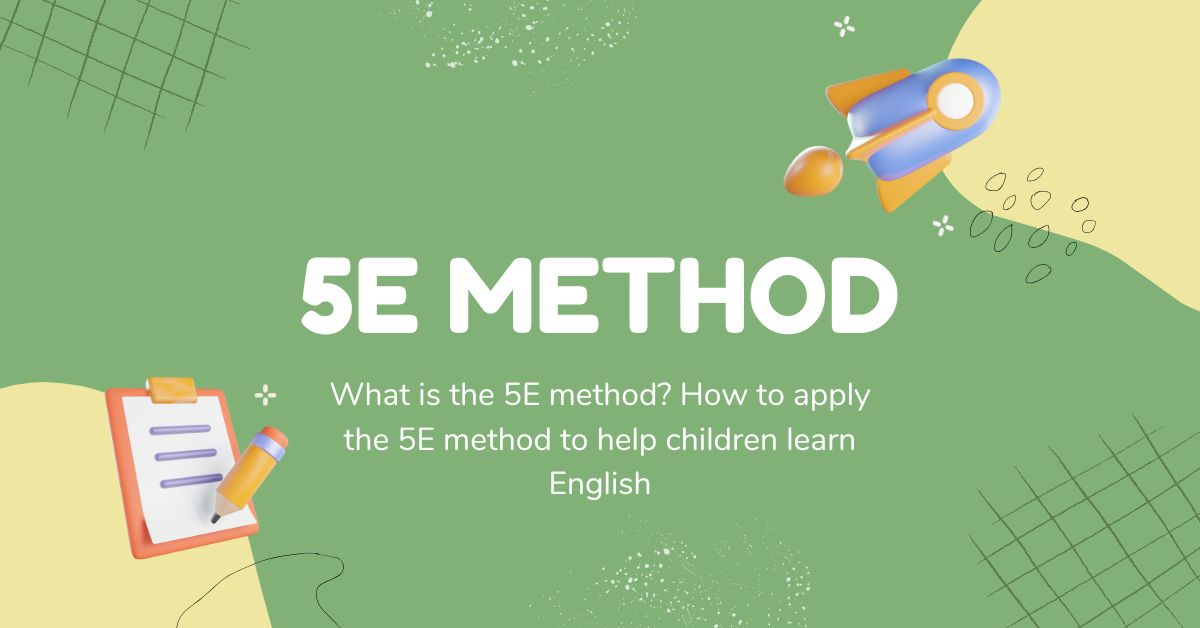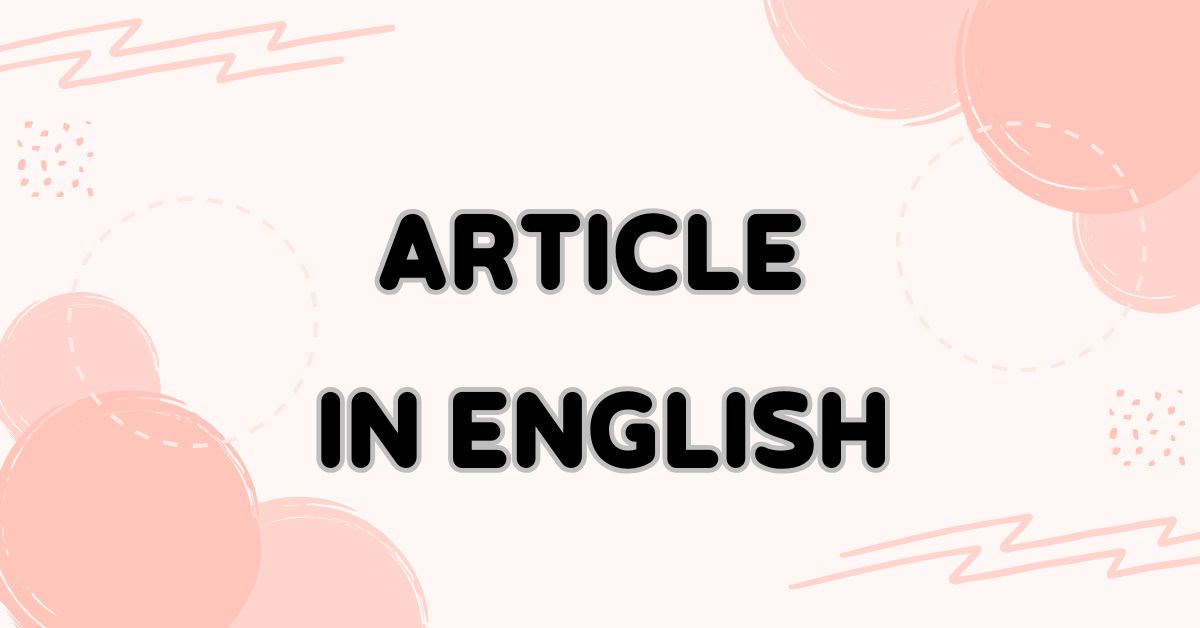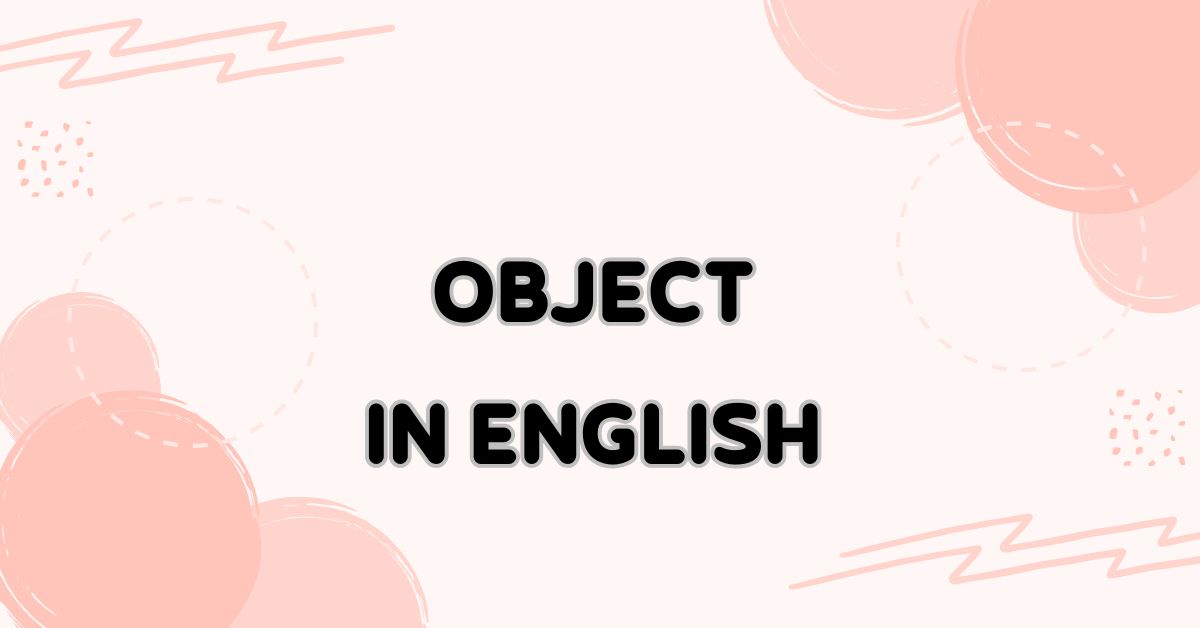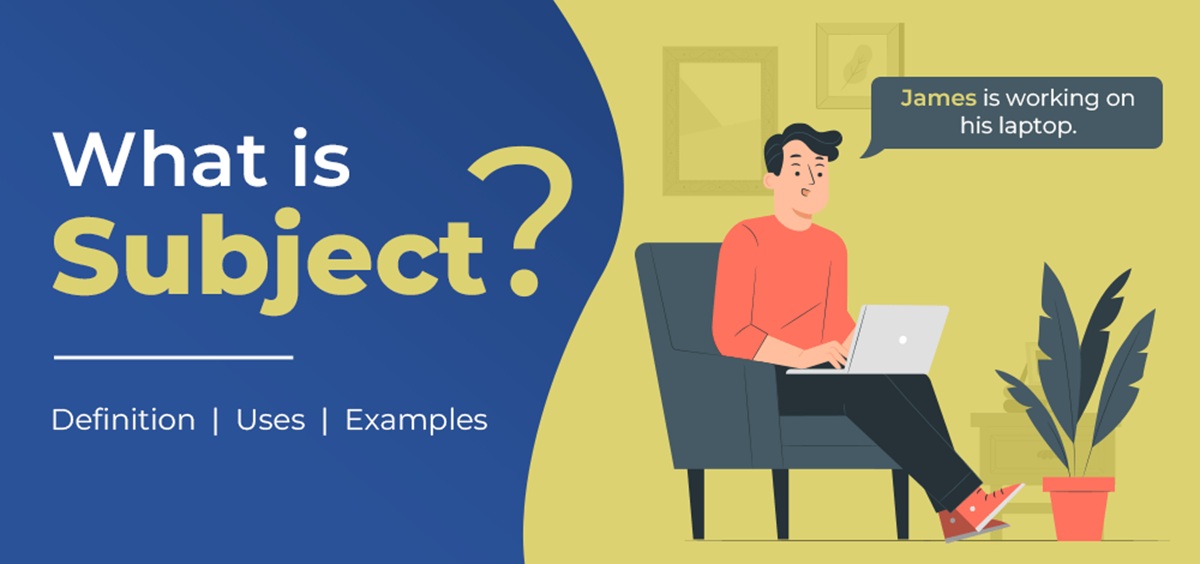The 5E method is a learner-centered educational model that helps children explore knowledge naturally and actively. So, what exactly is the 5E method, and how can it be applied to children's English learning? Let’s explore together with Monkey in the following article.
What is the 5E Method?
The 5E method is a constructivist teaching model designed to help learners acquire knowledge through experience, exploration, and building their own understanding. This model consists of five consecutive learning phases, each starting with the letter E in English:
-
Engage: Stimulates curiosity and connects prior knowledge with new topics
-
Explore: Students actively explore and experience through practical activities
-
Explain: Students articulate what they have learned, with teachers supporting and clarifying concepts
-
Elaborate: Learners apply knowledge to new situations for deeper and more flexible understanding
-
Evaluate: Assessment of learners' understanding and ability to apply knowledge
This method enhances learner autonomy, creativity, and long-term memory retention. It is especially effective when applied to teaching children, including in English language learning.
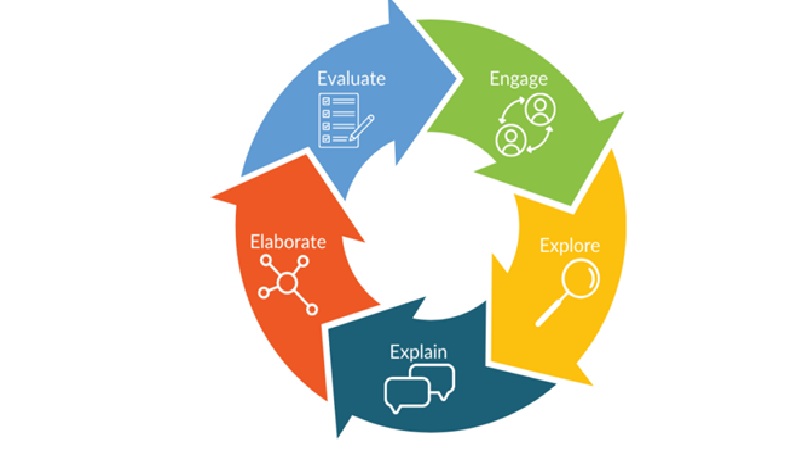
Characteristics of the 5E Learning Structure
The 5E learning structure stands out for its learner-centered approach and encouragement of active learning through five closely connected phases. Below are the main characteristics:
Clear and cohesive sequence
The 5E structure is built on a logical sequence, with each phase playing a distinct role and supporting the next. This cohesion ensures a smooth and effective learning process, allowing learners to gradually approach and master knowledge.
Learner-centered focus
Unlike traditional teaching methods, the 5E approach places the learner at the center. Children do not just listen but also explore, experiment, and express their own opinions, helping them develop independent thinking and self-confidence.
Emphasis on experience and exploration
Instead of starting with theory, this method encourages students to learn through hands-on activities. Learning through play and discovery helps children absorb knowledge more naturally and with greater enthusiasm.
Encouragement of knowledge application and extension
After understanding the lesson, students are encouraged to apply their knowledge to new situations. This not only reinforces learning but also enhances flexible thinking and creativity.
Ongoing and multi-dimensional assessment
Assessment in the 5E model is not limited to the end of a lesson but occurs throughout the process. Children reflect on their own learning, receive feedback from peers and teachers, and improve step by step.

Why should the 5E method be applied in teaching English to children
The 5E method is not only a modern teaching model but also especially suitable for language learning in young children. Here are the reasons why it should be used when teaching English to kids:
-
Stimulates curiosity and interest in learning: The Engage phase helps children begin the lesson with curiosity and excitement. This is crucial in learning English, as children absorb better when they feel happy and eager to explore.
-
Learning through experience instead of memorization: The 5E method encourages children to learn through activities, visuals, and sounds. This play-based approach is well aligned with how young children naturally acquire language.
-
Encourages active use of English: In the Explore and Explain phases, children are encouraged to speak, ask questions, interact, and express ideas in English. This is an effective way to develop language reflexes.
-
Improves memory and flexible use of language: The Elaborate phase helps children apply vocabulary and sentence structures in various contexts, which supports long-term retention and more natural language use.
-
Monitors progress without pressure: Through gentle and continuous assessment in the Evaluate phase, teachers and parents can track the child’s progress without creating the pressure often associated with traditional testing.
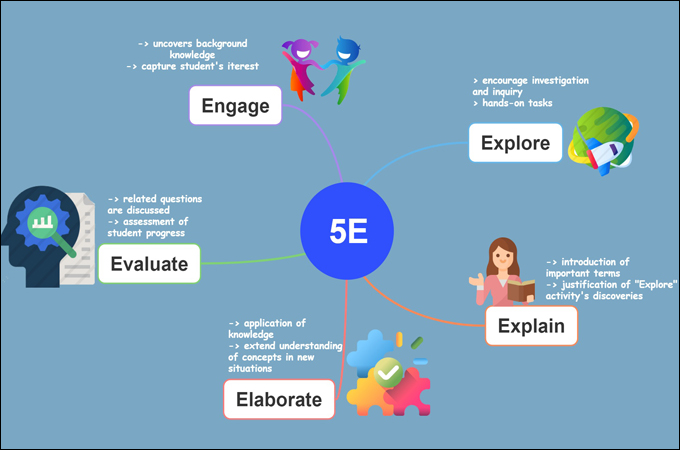
How to apply the 5E model in teaching English to children
To effectively apply the 5E model in teaching English to young learners, you can design learning activities that align with each phase as follows:
Engage
Before starting the lesson, it is important to capture children's attention and spark their curiosity. At this stage, teachers or parents should create a lively and relatable learning situation to make children feel excited and ready to learn.
Example: Start with a fun English song, a colorful picture, or a short video related to the topic, such as animals, colors, or weather.
Explore
Once their interest is engaged, children should have the opportunity to explore and experience new knowledge on their own. This stage should include highly interactive activities where children can actively participate, play, and experiment.
Example: Children can play vocabulary matching games, follow simple English commands like touch your nose or jump, or join group games that introduce new words and sentence patterns.
Explain
After the initial experience, help children understand more deeply what they have learned. Encourage them to recall and say the new words or sentence structures, while the teacher clarifies, corrects gently, and reinforces the knowledge.
Example: After learning animal vocabulary, ask questions like What animal did you see? What sound does it make? Then prompt answers such as It’s a cow. It says moo.
Elaborate
To deepen understanding and improve retention, let children apply what they’ve learned in new situations. This promotes flexible, creative language use and reinforces vocabulary and sentence structures.
Example: After learning food vocabulary, organize a role-play game like an English restaurant where children use sentences such as I want a sandwich, please or How much is it?
Evaluate
Finally, assessment helps check understanding and language use while giving children a chance to reflect on their learning process. In the 5E model, assessment should be gentle, natural, and integrated into activities to avoid pressure.
Example: Play a vocabulary review game, ask children to draw what they learned, or pose simple questions like How many animals do you remember today or Which activity did you like the most.
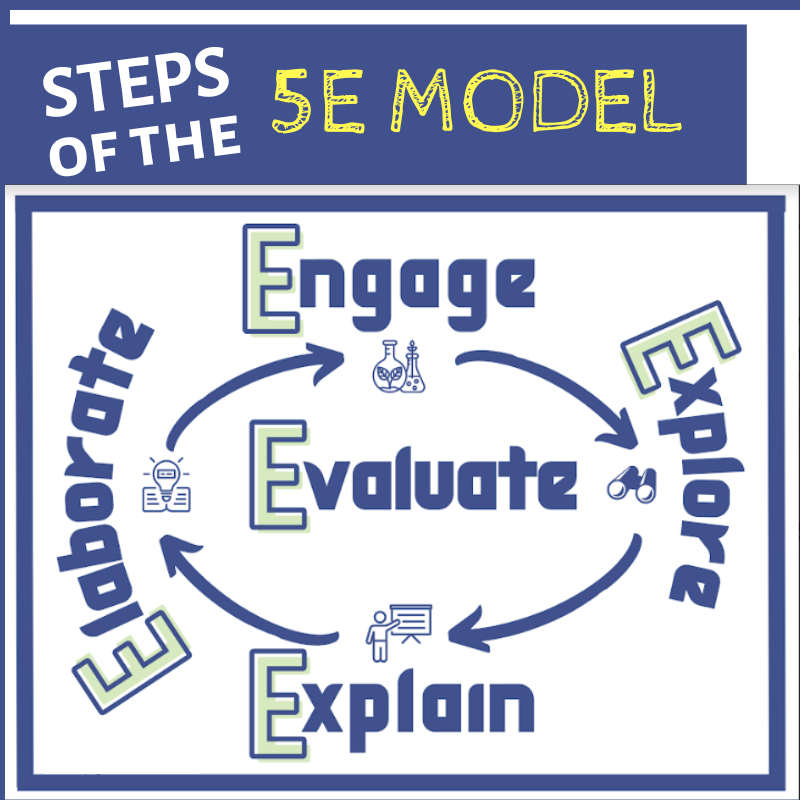
Some important notes for effectively applying the 5E method in teaching English to children
To maximize the effectiveness of the 5E model in teaching English to young children, teachers and parents should keep in mind the following:
-
Maintain a relaxed and supportive learning environment, and encourage and praise children to keep them motivated to learn English
-
Use a variety of activities such as singing, games, storytelling, drawing, and role-playing to suit each child's learning style
-
Review vocabulary and new sentence patterns through different activities to avoid repetitive and boring lessons
-
Teach at an appropriate pace and avoid overloading too much content in one session so children can absorb it more easily
-
Create opportunities for children to use English in real-life daily situations to help them remember and use the language more naturally
Learning English through multiple early education methods with Monkey Junior
In today’s world, introducing English to children at an early age not only supports language development but also stimulates thinking and learning abilities. However, to ensure effectiveness and age-appropriateness, choosing the right teaching method is essential.
Monkey Junior is an English learning app for children aged 0 to 11, designed based on advanced and proven early education methods. The app helps children comprehensively develop the four language skills: listening, speaking, reading, and writing. It also personalizes the learning journey according to each child's age and ability.
Monkey Junior incorporates several scientifically proven early learning methods, including:
-
Multisensory Method: Combines sounds, visuals, and physical actions to help children naturally remember vocabulary and sentence structures
-
Game-based Learning: Turns lessons into engaging games, making learning light and effective
-
Glenn Doman Method: Uses flashcards and images to stimulate the brain and enhance early word recognition
-
Phonics Method: Teaches correct pronunciation from the start, building a strong foundation for reading and writing
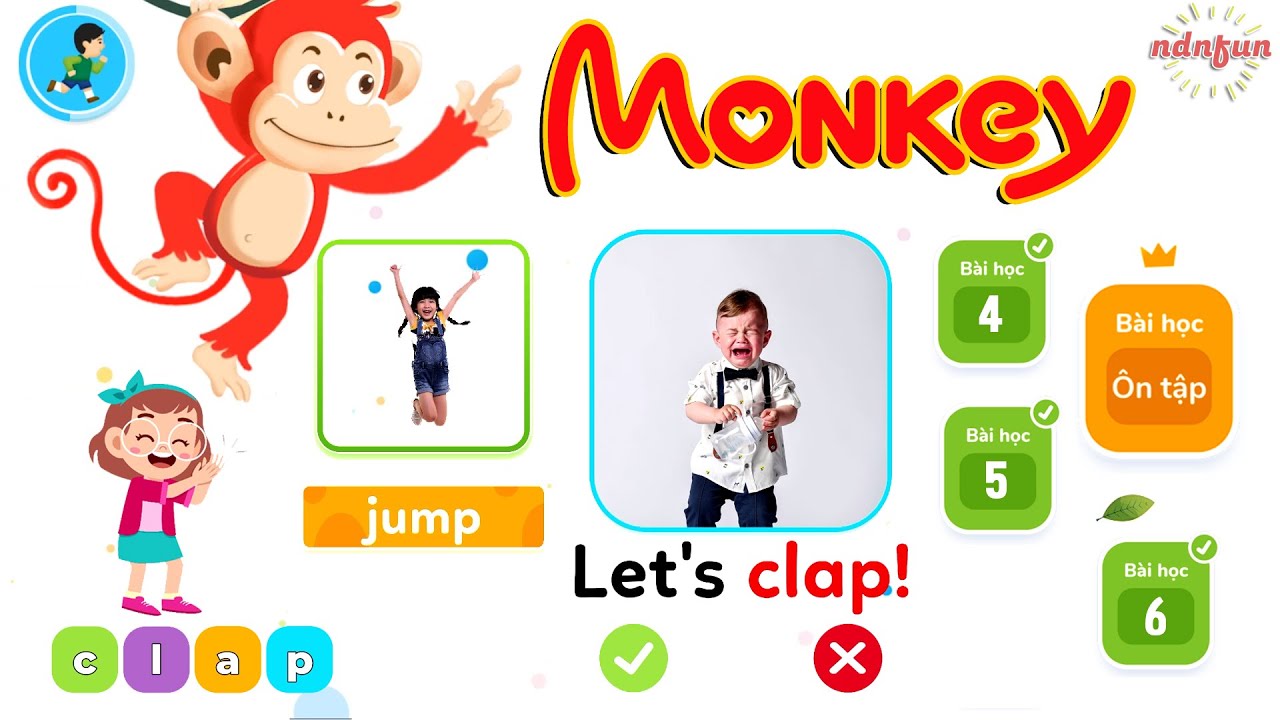
In addition, Monkey Junior integrates M-Speak, an AI-powered pronunciation scoring system that evaluates children’s pronunciation at the word, sentence, and paragraph levels. This helps children improve their speaking and boosts confidence in using English.
With the combination of early education methods and modern technology, Monkey Junior is more than just an English learning app. It is a trusted companion on a child’s language development journey. Learning English becomes enjoyable, effective, and tailored to each child's needs, helping them confidently step into the world of language.
Sign up for Monkey Junior today to help your child learn English effectively every day
Conclusion
With its scientific, flexible, and child-centered approach, the 5E method provides a solid foundation for children to learn English effectively from an early age. In addition, by combining it with a suitable learning app like Monkey Junior, children can absorb the language naturally, enjoyably, and develop more comprehensively each day.



